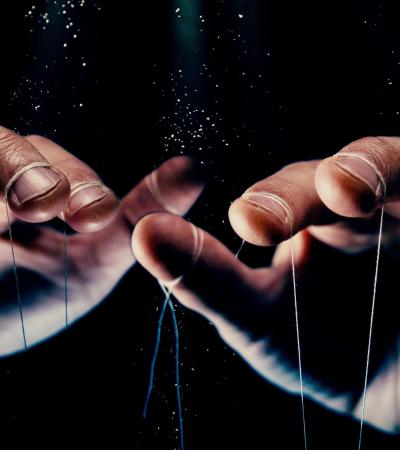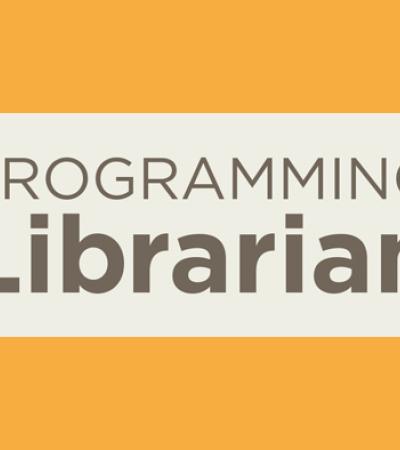With the 2020 election right around the corner, there is an Internet trend that should give angst to anyone who works with young people and/or information literacy.
It’s called a “deepfake,” and it is a technique in which artificial intelligence-based technology is used to alter or produce video content. Essentially, a deepfake is a video of something that looks like it occurred, but truly did not.

What they are, why they matter
It seems like just yesterday we were teaching students to be wary of images that they found on the Internet and to be sure to validate the image source. Remember the flower that supposedly had been altered by the Japanese nuclear reactor meltdown, but was actually Photoshopped? Now we have to teach them to be wary of videos as well.
What makes deepfake so alarming is that, with relatively inexpensive software, a couple of YouTube tutorials and some practice, anyone can create a video that looks real, but isn’t. A relatively recent example of a deepfake video that permated social media was the video of Nancy Pelosi that had been altered to make it seem as though she were inebriated while speaking.
Deepfake creators use strategies such as:
- Faceswap: This is when a face of a person is inserted into a video. The technique flawlessly can place someone in a place or situation they have never been in before.
- Lipsync: This is when audio and video is merged and the mouth is grafted onto someone else’s face.
- Facial reenactment: This is simply transferring facial expressions from one person to another in a video. By doing this, a deepfake creator can make someone look surprised, angry, happy or any other emotion.
The results are startlingly realistic and are already having an impact in myriad ways. Newspapers are training their journalists in “deepfake detection.” The Wall Street Journal has launched a task force aimed at combating deepfakes and are training reporters, editors and others in the newsroom to spot them. Colleges and universities are assisting with the effort and working to find ways to combat the spread of deepfake on the web by harnessing the power of technology to combat the issue.
Strategies for educating young people
As school librarians, we also need to start coaching our students to think more critically about what they see.
Deepfakes add another layer to an already evolving media literacy landscape. School librarians must stay ahead of the curve to ensure that students can decipher between reality and fiction.
The Wall Street Journal produced a short video on deepfakes that is worth the 10-minute watch and can get you started learning more about deepfakes as a school librarian. (There is mature content in the video, so I’d advise against using it with students. For a student-friendly video, try this video from PBS’ Above the Noise.) Another great video about deepfakes comes from a TED Talk by Supasorn Suwajanakorn. Mr. Suwajanakorm explains how deepfakes are developed and gives some very compelling reasons for the good reasons for creating these artificial intelligence-based videos.
One strategy that school librarians can use is one that we are already teaching students: fact-checking websites. Encourage students to use sites such as Politifact and FactCheck.org to verify videos and stories.
Another strategy to employ: Ask students to find multiple sources all saying the same thing. For example, have them check AllSides, a media site that curates stories from the right, the left, and the center. It will assist students in understanding their bias and in making a determination if the video that they viewed is factual or a deep fake.
Finally, encourage your students to examine the source of what they have viewed. Have them dig deeper. Encourage students to verify across multiple news sources and gather as much information as possible.
With social media, deepfakes have the potential to spread widely and rapidly. Remind students that they don’t want to be “that person” who spreads a false video on social media and their responsibility as digital citizens and as responsible citizens in our society.



